We were somewhere around Trujillo on the edge of the desert when the garbage began to take hold. But before, the police stopped us. Three times on our first two hours in Peru. Three times with the same smile of this may be my day for a big, fat bribe (although they never asked). Three times we told them I was Colombian and we were traveling with our kids. One reason or another, they let us go, still smiling.
That first night we camped in a gated balneario in the middle of a stew of humans, animals and dust called Tambogrande.
This is a town surrounded and covered with mangos. People from all over the world come to make a deal. And they do. A box of some 30 export-quality mangos is 10 soles. That’s less than $3. A mango like this in Seattle is $1 or $2. Someone is making some real good money. Meanwhile, Tambogrande looks like a town that sustained heavy bombardment. Streets are one big pothole. And the tuk-tuks! They are everywhere and run over everything with their musical horns and their batman/bloody jesus/virgin mary decorations −on the same vehicle. Tambogrande is also known for opposing a mine that a Canadian company was going open right under their town.
We continued on the Interoceanica Norte Hwy, which crosses a dry forest, an ecosystem that looks like a desert-chaparral combo. The Tumbes Piura dry forest controls the advance of the Sechura Desert. And desert is what follows from there! Pure desert, with sand dunes, heat waves on the road and all.
And yes, garbage. Somewhere north of Trujillo there is an official garbage dump. Everywhere else north of Trujillo is an informal dump. For the first time on our journey, said Nate, I feel like I’m in a ‘third-world’ country.
Fourteen kilometers northwest of Trujillo is Huanchaco, a “surfing reserve” where we stayed six whole days. It’s an old fishing town, from the time of the Moche, Chimu and Inca eras. The famous caballitos de totora reed boats are still used by Huanchaco fisherman.
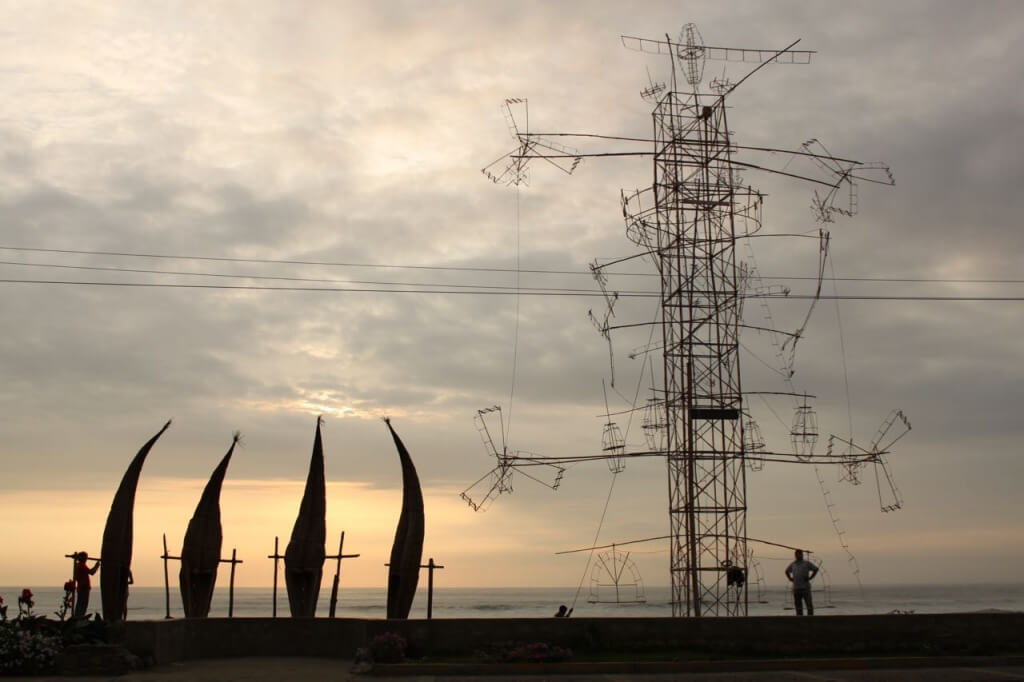
Caballitos de totora in Huanchaco. To the right, a massive bamboo construction to hold a firework display. Photo: Nate
Of all the gringo-packed surfer towns we have visited, Huanchaco has been our favorite. Locals are not just waiters and hotel attendants: they have a community, go to church, play basketball and work outside of the tourism industry. And travelers are not prey.
There were a few things we had to do while in the area. We took Cosmo to the mechanic for a check up, and ended up spending two 8-hour days at Isai’s shop. Despite him being a nice guy, this was not a pleasant experience. His shop and other repair places we had to go to were plastered with posters of naked women. I had forgotten how seeing women’s bodies objectivized in such a crude and in-your-face way made me feel: abused. We had seen this in other places in Latin America, but this area has been the extreme so far.
We also had to take care of Benjamin and Nate’s stomachs. A bug hit again. We don’t know if it was the delicious ceviche, the chicharron de pescado that melted in your mouth it was so fresh, or simply the water when tooth brushing.
And we visited Chan Chan. Home of the Chimu civilization before it was conquered by the Incas, Chan Chan was the largest earthen city of the world at its peak about 600 years ago. Now only one of eleven palaces is open to the public. The rest are either destroyed or “intangible” (in the process of being preserved). Once again in our journey, I felt humble among incredible architecture; grateful that I didn’t live during such crazy hierarchy (60,000 people lived to serve a king, his wives and children, and 47 nobles); and angry about the destruction of another unbelievable monument.
While in Huanchaco, we were surprised by a Virgen del Socorro procession. Demons and harlequins with beasty heads followed the virgin statue while dancing to the same two or three tunes playing over and over. The march finished with three displays of fireworks, one right outside of our hostel.
From Huanchaco we left towards Huaraz via Chimbote. Instead of going through Cañón del Pato, as originally planned, we continued on the coast and almost by chance stopped at Tortugas. Still a sleepy fishing town with a few city people who come on the weekend, Tortugas was the perfect end to our time in northern Peru. It was one of those calm, simple nights that make every minute of this trip worth it.
We parked Cosmo and set up camp right on the street by a small plaza. Nate played the charango. Amelia played with a group of kids. Benjamin told us funny stories about his friends. We talked with our friendly neighbors. They let us use the bathroom. The weather was perfect. We saw pelicans. All right at the edge of the desert. Amidst serious garbage and water issues. With beautiful sunsets and some of the nicest people. We are ready for cooler climate. Let see what the mountains bring.

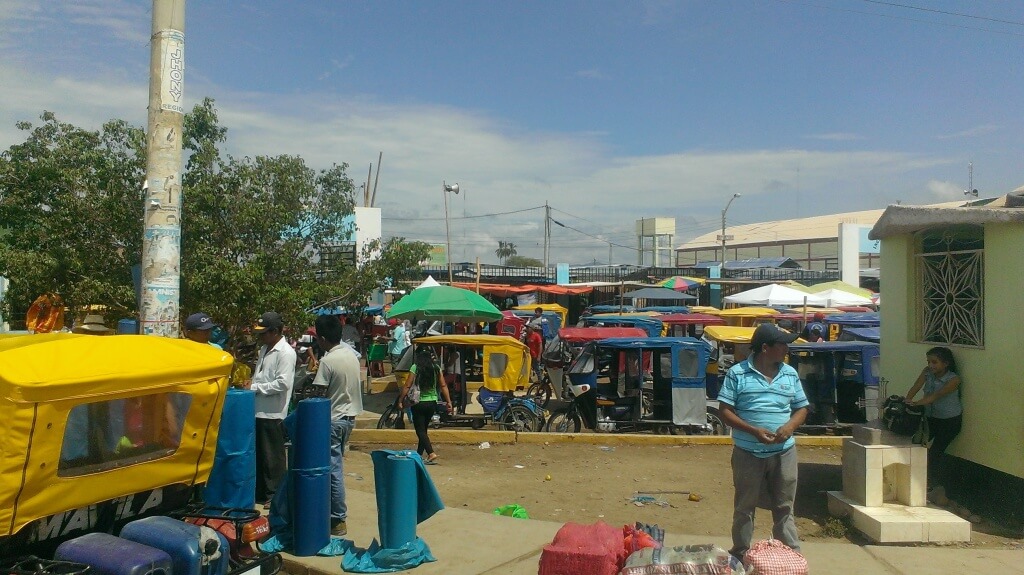
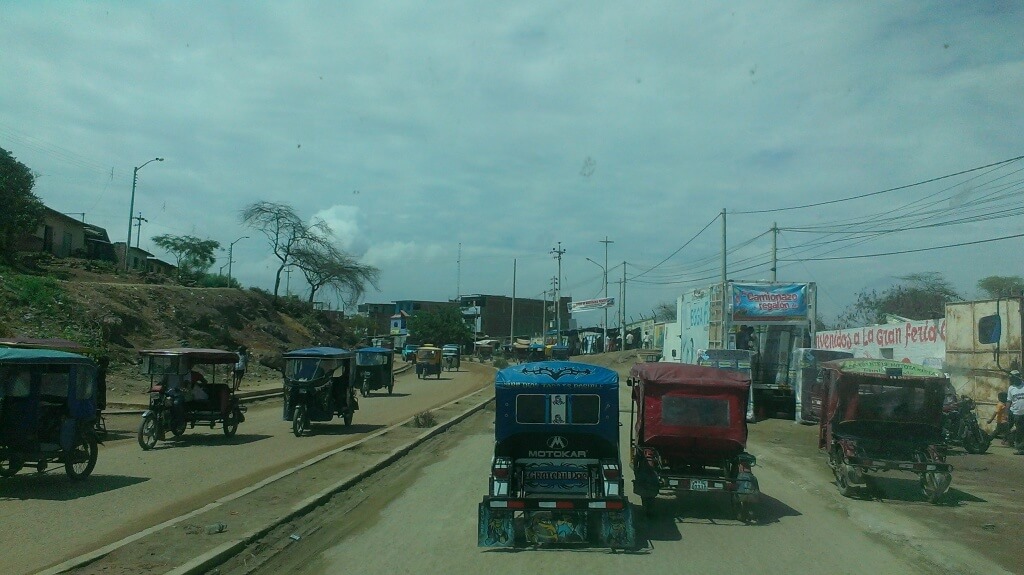
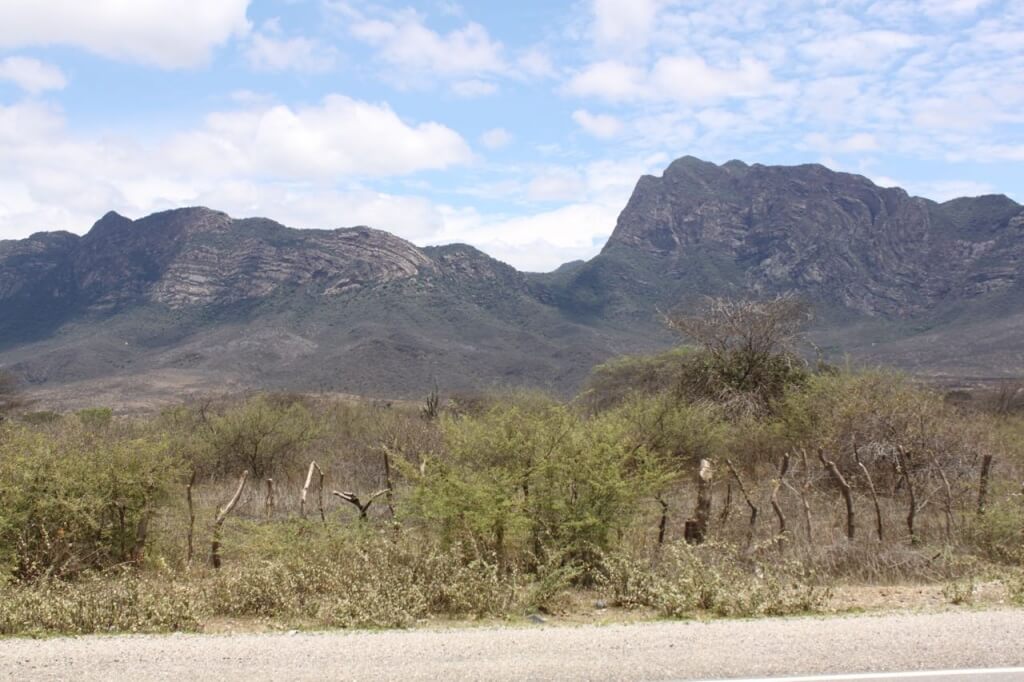
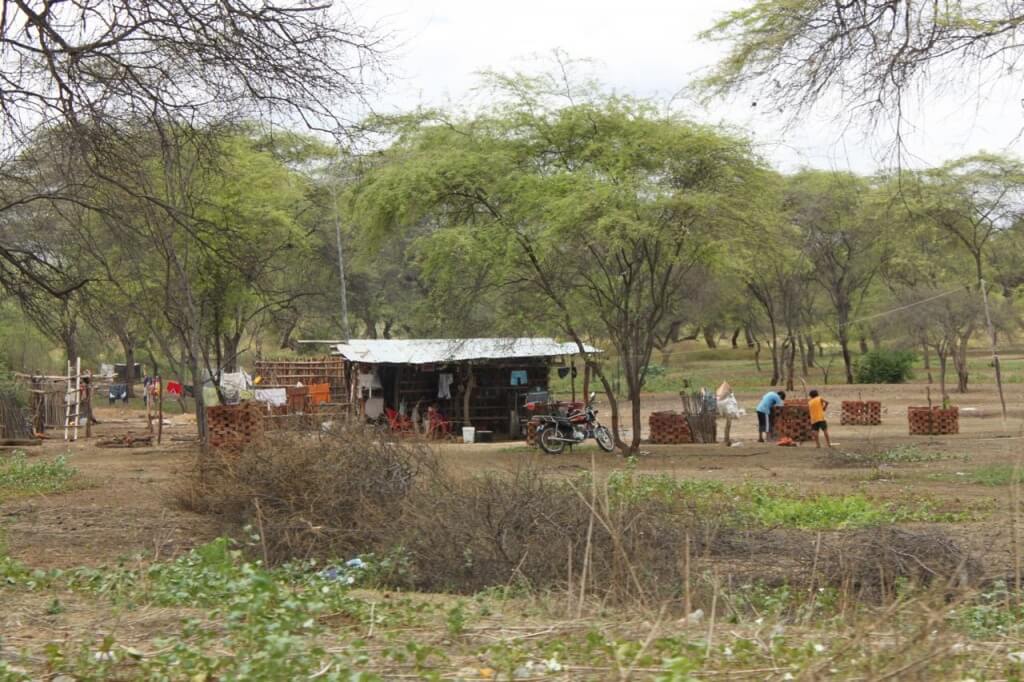
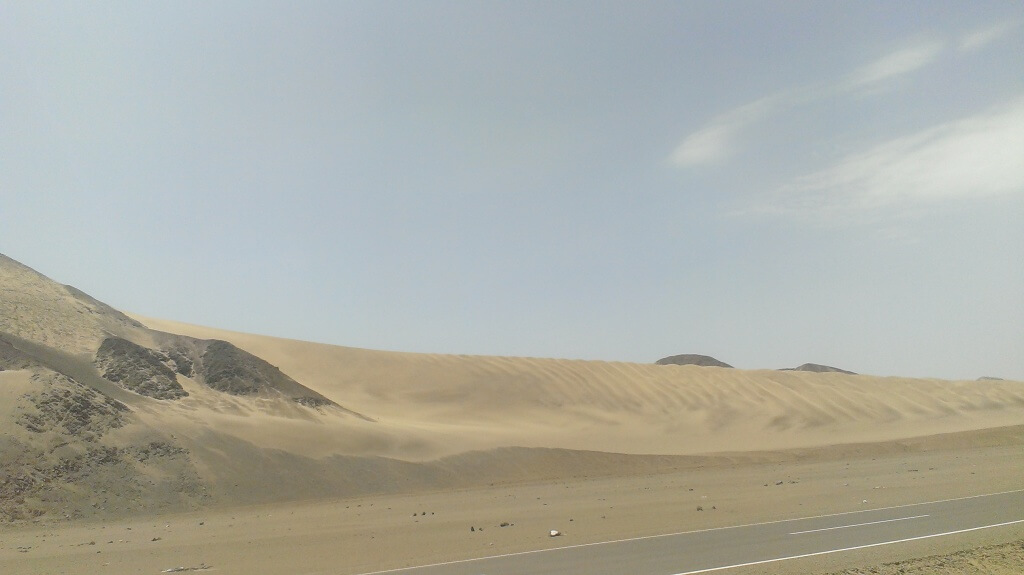
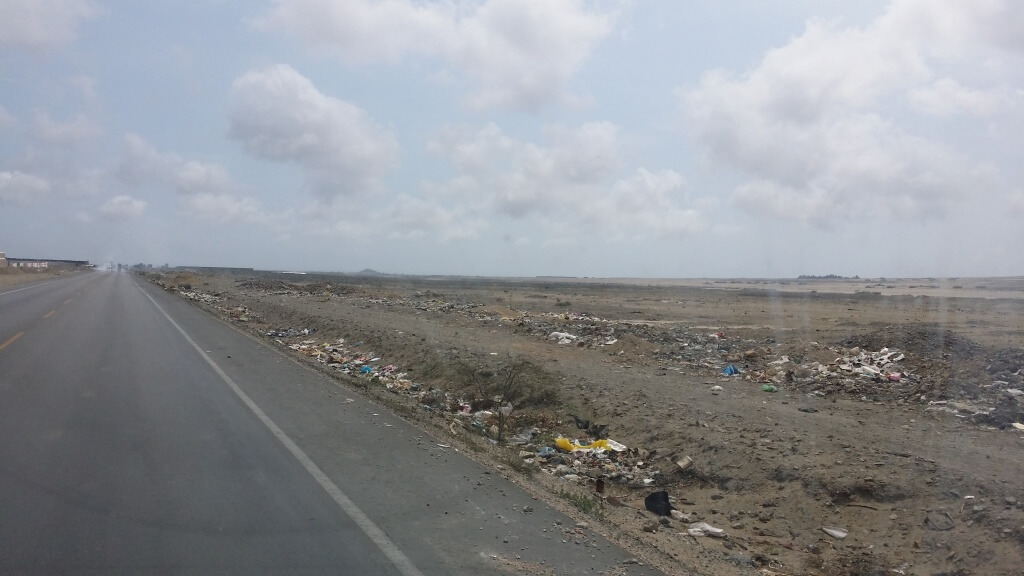
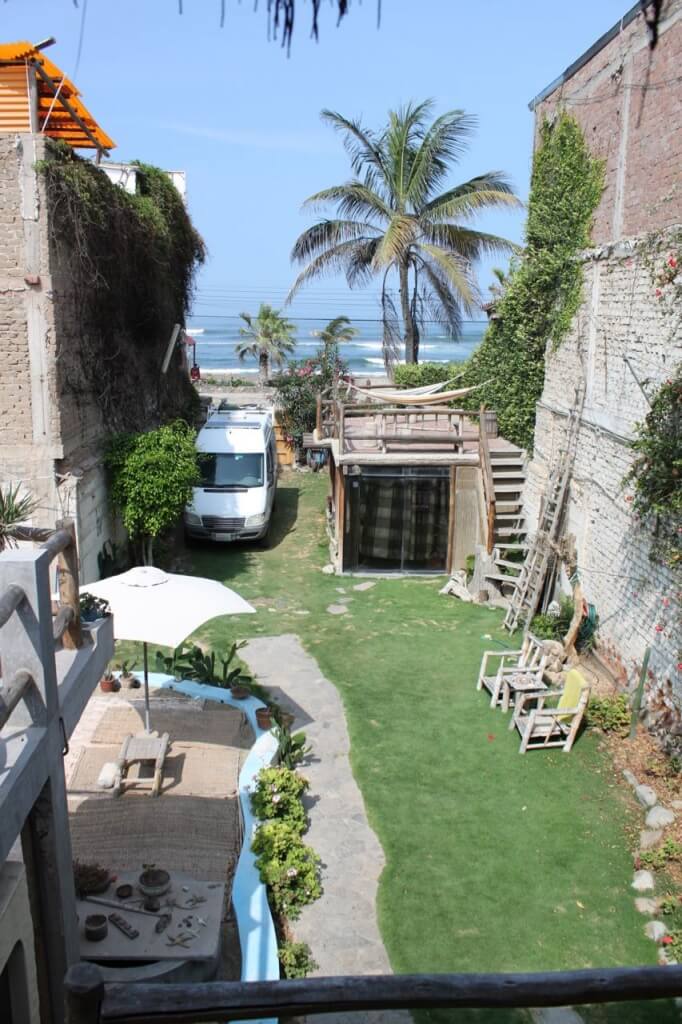
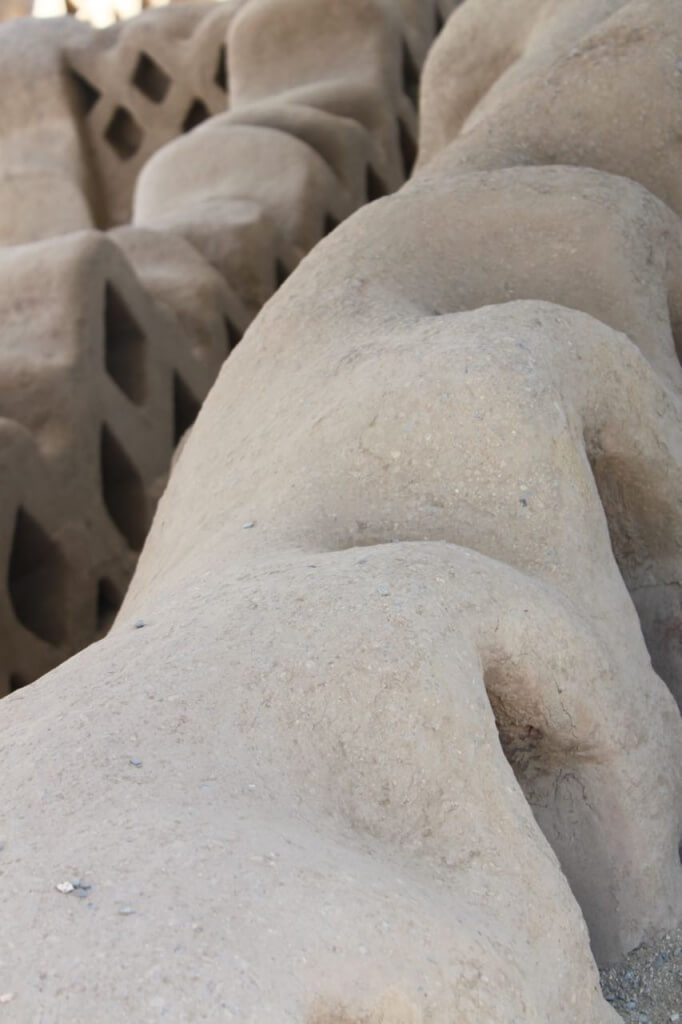
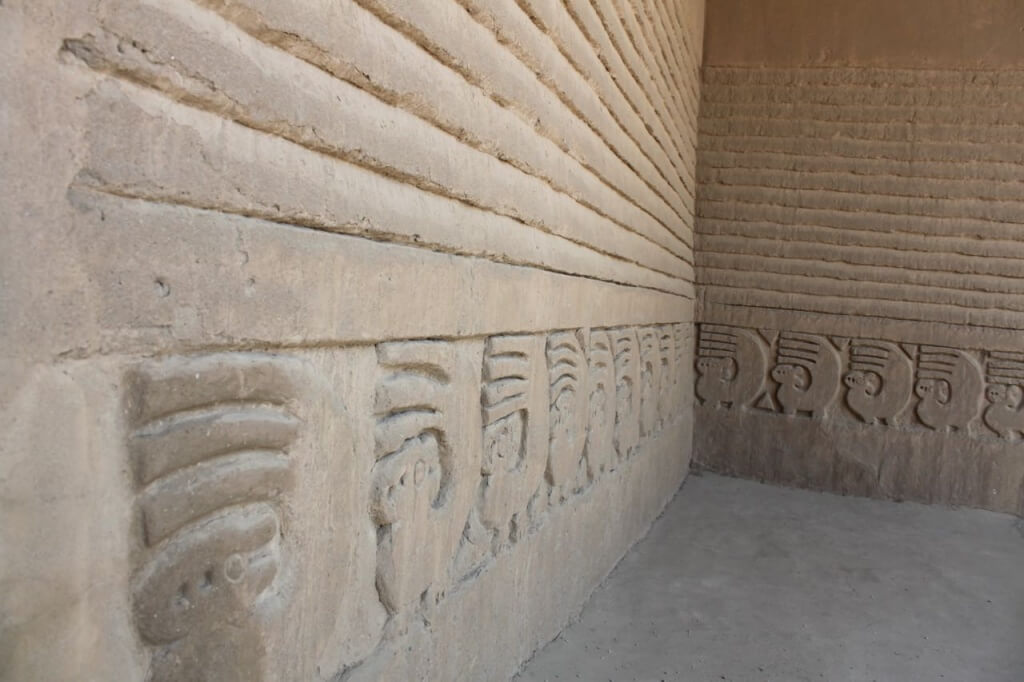
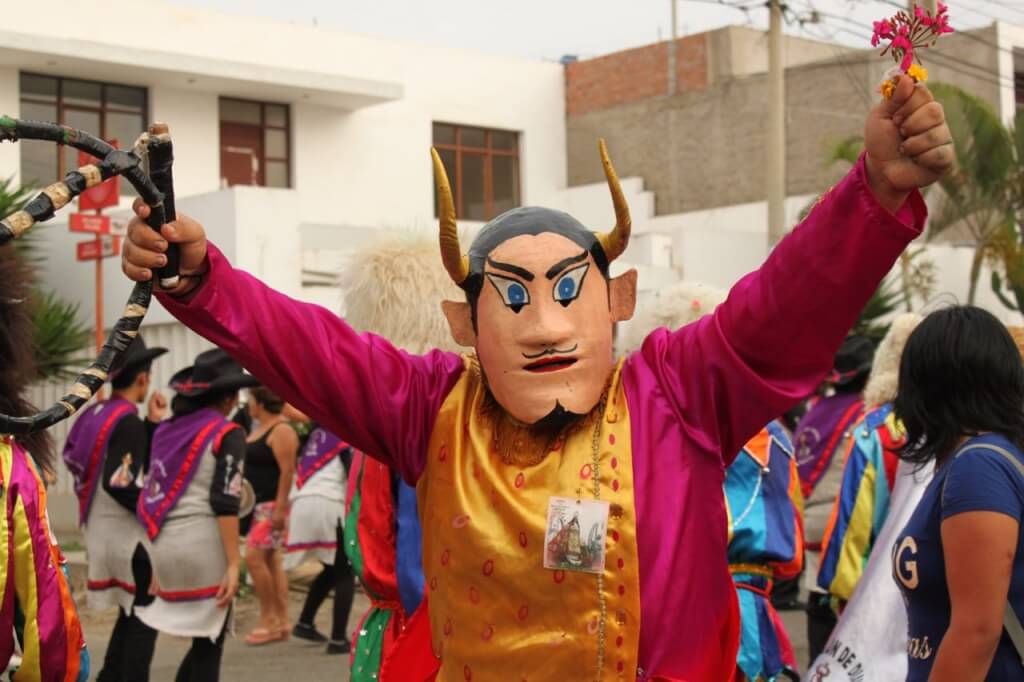
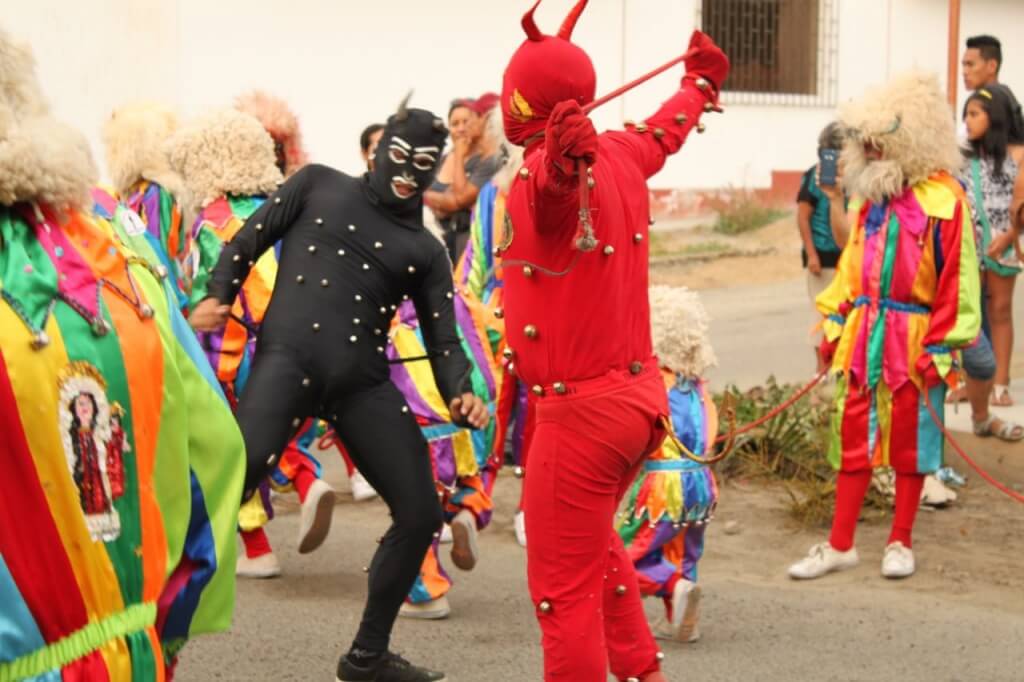
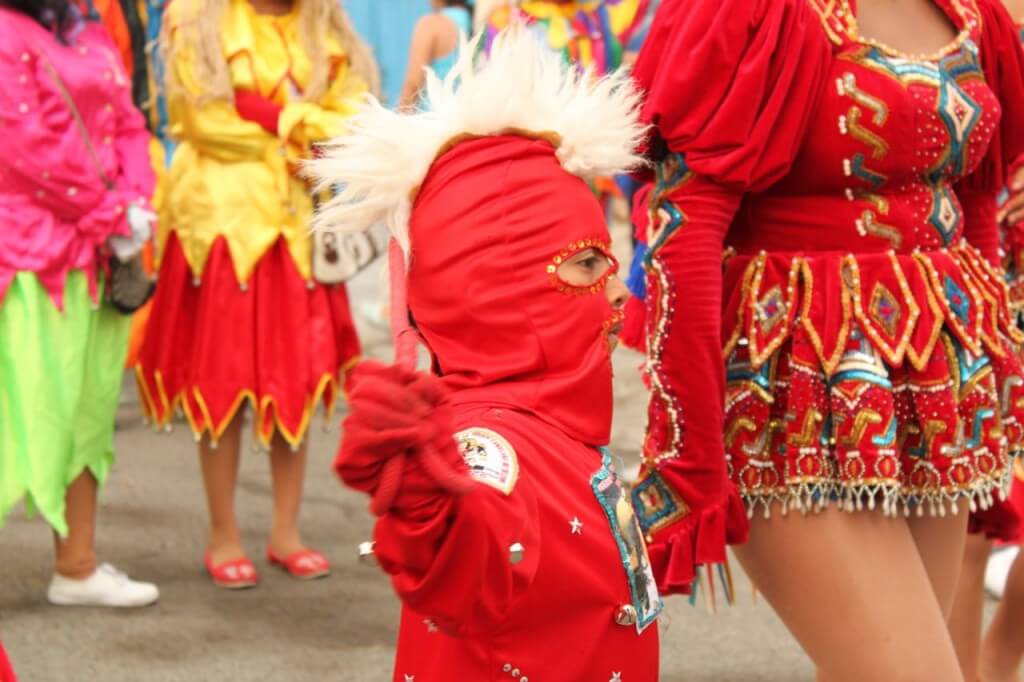
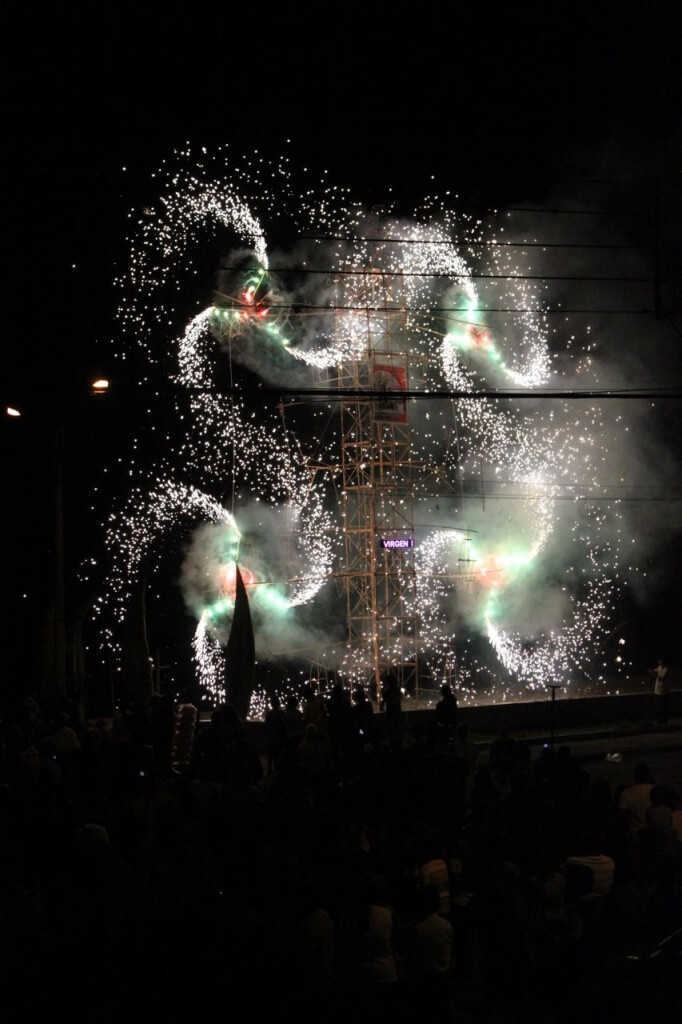
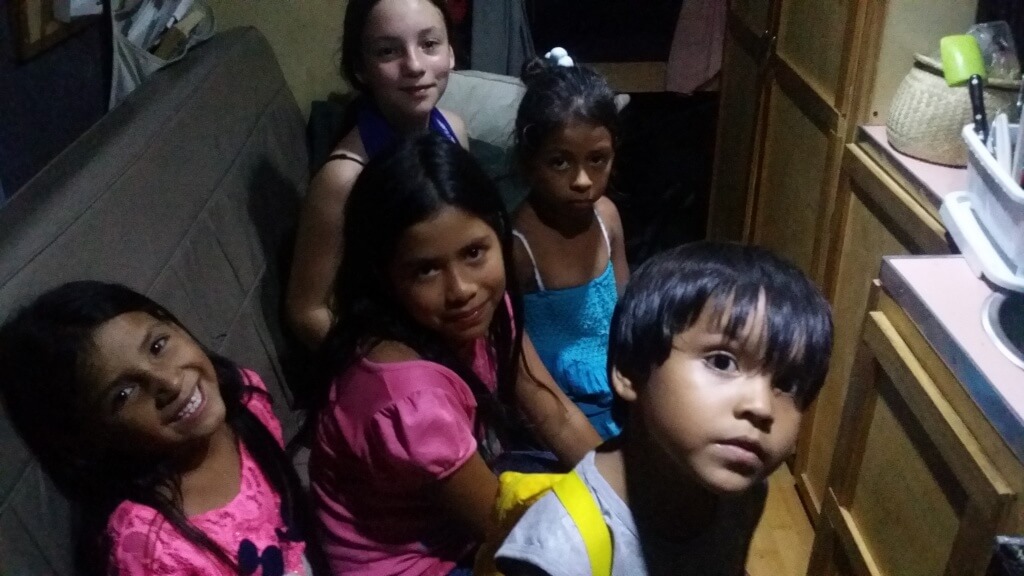




Oh, my!!! Somehow I got way behind following your trip! Will have to go back a few countries because it is all so interesting! Glad you are happy, safe and doing well, and six months is behind you already! Doesn’t seem possible!!